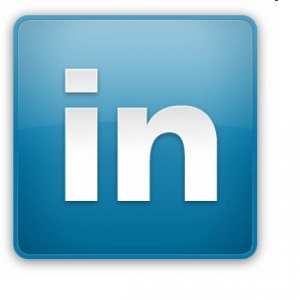5 Tips for Effective Marketing Communication

When building your business, having a great product or service is just the beginning. Communicating your company’s offerings, solutions, and advantages is crucial for turning a good product into a wildly successful one. But in the age of digital communication, traditional advertising is no longer the only way to tell people about what you offer. Connecting with your target audience through digital media can be an incredibly powerful asset to your brand and business – as long as you can optimize your message and create effective, ongoing communications with your customers.
Here are our top five tips to more effective marketing communication.
1. Articulate your marketing goal(s) and message
It’s difficult to be effective if you’re unsure what your goals are. Without defining a clear message and a way to measure the success of your communications, you’ll end up with a less cohesive and less engaging strategy that uses up time and resources without generating returns. Instead, practice making SMART goals that center around a clear, direct message.
2. Define and understand your audience
Knowing what you want to say is one thing, but knowing what your ideal customer wants to hear is another! Research your audience and identify what types of conversations or solutions are important to them. Learn where they go to find information that helps them make decisions. Craft your messages around your researched data to ensure you’re investing your marketing time and budget into communications that will get attention, rather than falling flat amid the rest of the market noise.
3. Tell a story
If the movie and television industry gives any indication, people love a great story – especially when they can identify with the characters and conflicts. Craft your messaging into relatable narratives that put your ideal customer at the center of the story. Creating recognizable situations and offering the best-fit solution to a known problem will help your brand establish a more intimate connection with your audience than traditional advertising.
4. Focus your message
Keep your eyes – and your communications – on the prize. Once you’ve identified a key concept and message, stick to it. Creating too many individual messages can become overwhelming to the consumer. If you have multiple messages that you’d like to work with, consider separating them into independent campaigns that build consistency around each message, rather than trying to work multiple discussions or points into the same campaign strategy.
5. Create a dialogue
One of the biggest advantages of digital marketing over older methods of advertising is the ability to have a conversation with your audience. A billboard or TV commercial is a one-way communication, but social media platforms, email marketing, and other digital media forms allow the customers to engage with the material and messaging. Open your campaign to dialogue by asking your audience questions, encouraging them to share their experiences with your brand, or by creating an approachable persona on your accounts. When your customers feel connected to your brand on a personal level, they are more likely to not only listen to what you have to say, but to act on your offerings as long-term clients.






